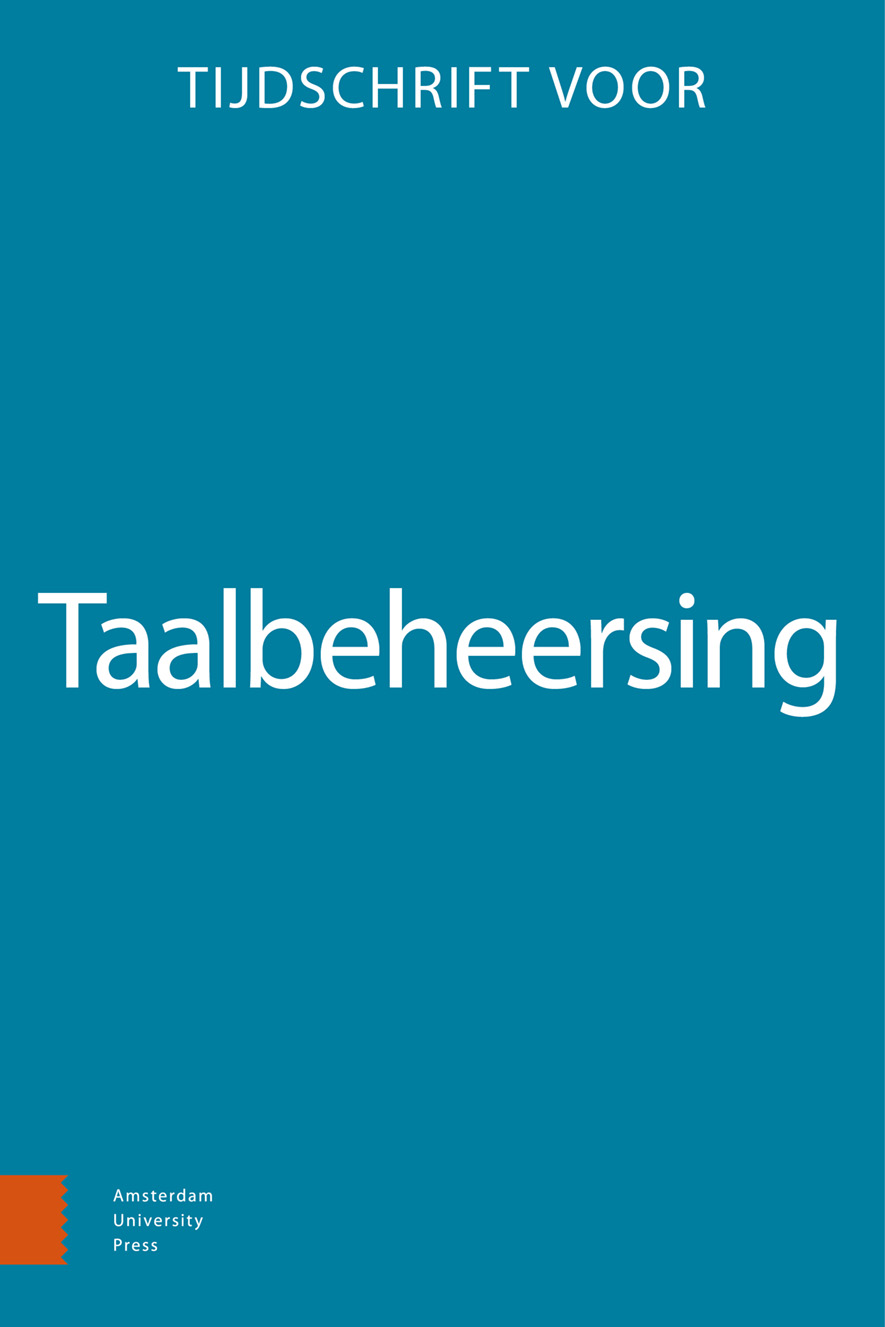-
oa “Kan reactievermogen beïnvloeden – Ik kan dan uitslag krijgen of zoiets?”
Kwalitatief onderzoek naar de begrijpelijkheid van instructies op de etiketten van geneesmiddelverpakkingen en de rol van gezondheidsvaardigheden
- Amsterdam University Press
- Source: Tijdschrift voor Taalbeheersing, Volume 45, Issue 1, Dec 2023, p. 67 - 95
-
- 01 Dec 2023
- Previous Article
- Table of Contents
- Next Article
Abstract
“May cause drowsiness – I might get a rash or something?”
Qualitative research on the comprehensibility of drug label instructions and the role of health literacy
Drug labels instructions are physically attached to each package dispensed to patients and consist of dosage instructions (e.g., ‘Take two capsules twice daily’), auxiliary warnings (e.g., ‘Do not drink alcoholic beverages’) and advices (e.g., ‘Take with food or milk’). They are often misinterpreted which may lead to incorrect drug use. The wordings of instructions are a cause of such misinterpretation, especially for people with limited health literacy. In a qualitative study, we explored pharmacy visitors’ interpretations of drug label instructions and their opinions on potential improvements. Semi-structured interviews were conducted with 39 pharmacy visitors with limited and adequate health literacy. They received seven drug label instructions and explained them in their own words and demonstrated how much and how often they would take the drugs on a timetable. Although pharmacy visitors were able to explain dosage instructions, they often made mistakes in demonstrating them, especially those with limited health literacy. Medical jargon (e.g., ‘drowsiness’) and difficult words (e.g., ‘maximum’) lead to misinterpretations, especially among pharmacy visitors with limited health literacy. When optimizing drug label instructions, a trade-off must be made between the comprehensibility and the nuance of instructions.


